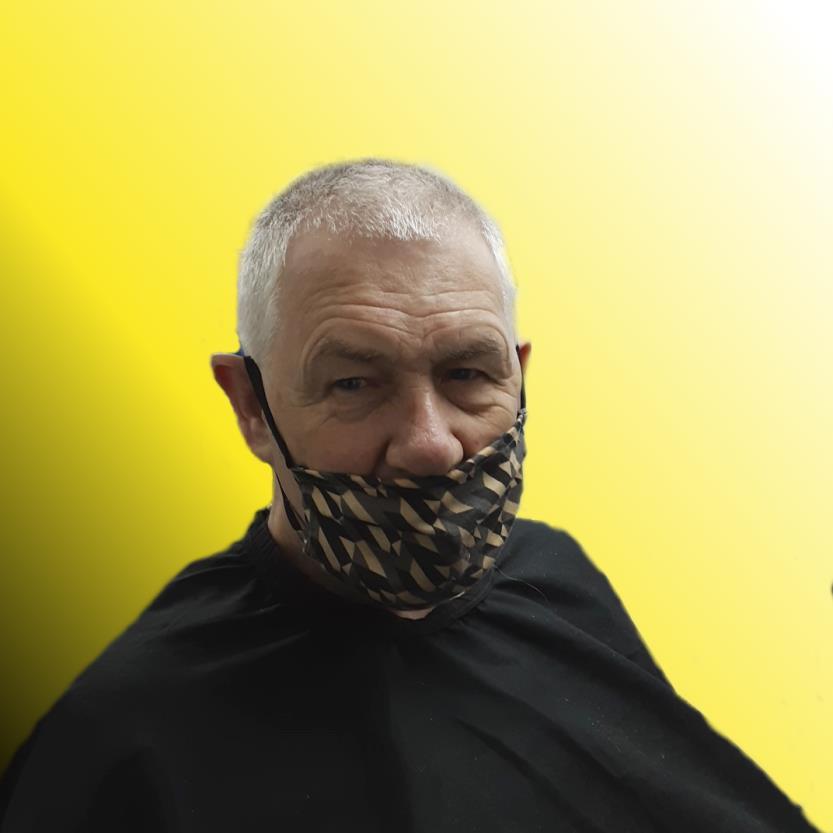
3 minute read
The search for a hero of the heavens
The search for a hero of the heavens
Sometimes, one clue unlocks a whole mystery. For John Carder, that clue was a World War Two book published in 2008.
John is a Sight Scotland Veterans member who lives with his wife in Anstruther, Fife. For years, John searched for the war grave of his cousin, Frank. John knew that his cousin had flown a Hurricane and died in France in 1940. But he had little information about his relative beyond that. As a former RAF Officer, John said he felt it was his duty to find his cousin’s final resting place. “I knew all the stories of the Battle of Britain. In the RAF, there are traditions of visiting war graves. Being from the airforce, it was my job to find him.”
John first learned of his cousin’s military service in 1944, when the Nazis’ VI ‘flying bomb’ missiles threatened London from over the Channel. Aged 14 years, John was evacuated to Newcastle to stay with his aunty.
John said: “My aunty had an RAF cap and a pair of gloves in her hallway. She said, ‘Those belonged to my son. He was shot down in France, but we don’t know where he was buried’.”
Image shows a black and white photo of Pilot Officer Frank Sydenham wearing his formal RAF uniform.
In his adult years, John searched the Commonwealth War Graves Commission’s records for “Frank Hansen” but had no success. John wrote to the mayor of Chuffilly -Roche and soon received an invitation to visit.
However, his discovery of Robert D Cornwell’s book “The Battle of France: Then and Now”, in 2008 presented him with a clue.
“I knew my cousin had flown with a man named Cobber Kain [Flying Officer Edgar Kain, DFC]. He was one of the first RAF heroes and was credited with shooting down 14 enemy aircraft. This book had a picture of Cobber Kain and gave his squadron: the No. 73 Squadron.
“I asked the War Graves Commission if anyone in the 73 Squadron named Frank had died in 1940. The commission came back with the name of Frank Sydenham.” John discovered that his aunty had had a first marriage with a Mr Sydenham, who was Frank’s father. The War Graves Commission told him Pilot Officer Frank Sydenham had been buried in a civilian cemetery in the village of ChuffillyRoche, in the north of France.
“I was in my 70s then, so I was fairly old. But I thought, if I didn’t find him, no-one would have found him and no-one would know about him,” John said. “We travelled to France and went to the little village, which has a population of 200 people. We met the mayor and his wife, and they put us up in the town,” John said.
“My cousin’s grave was the only war grave in the cemetery. Below his name on the headstone was written ‘A hero of the heavens’,” John said.
A small service was arranged. Six French veterans attended the ceremony and a moment of silence was shared.
“The mayor said, he fought for us and he’s going to stay with us,” John said.
“He said someone in the village had been putting flowers on the grave every year. We think that might have been a family that lived near to where Frank’s aircraft crashed.”
John gave his RAF lapel badge to one of the French veterans. John has received Christmas cards from the mayor of Chuffilly-Roche ever since his trip.
John’s grandchildren have a booklet about Pilot Office Frank Sydenham and the town of Chuffilly-Roche, ensuring memory of the pilot lives on.
“Finding my cousin’s grave was one of the best things in my life,” John said. “We had looked for it for a long time, but we never made any headway.
“It was finding the World War Two book that did it. It’s one the things I’m really proud of.”
Image shows the group of people who held a memorial service for Pilot Officer Frank Sydenham, who was Sight Scotland Veterans member John Carder’s cousin. The mayor of Chuffily-Roche is the second person on the left.


Image shows Sight Scotland Veterans member John Carder on the left and a French veteran, who is holding a French flag.






